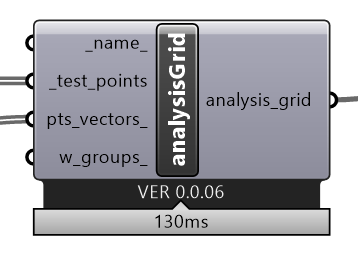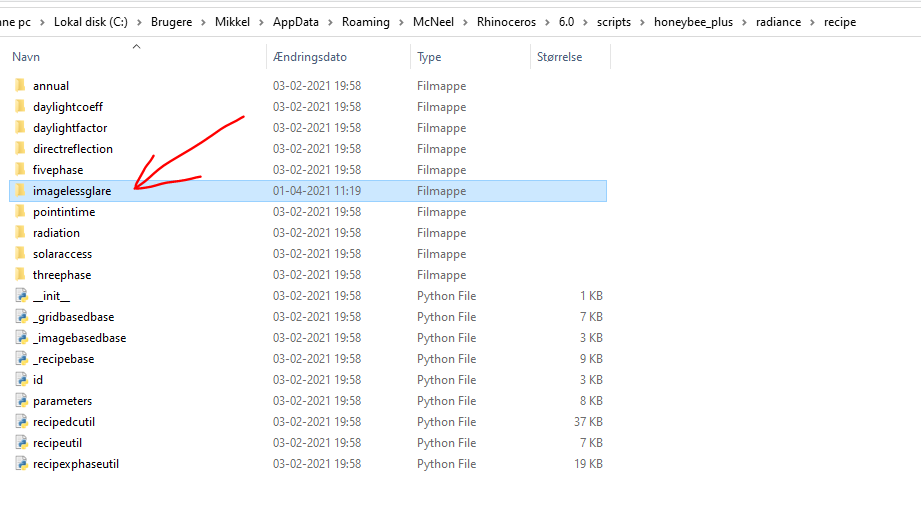@masoome, are you sure you have the folder imagelessglare as seen below?
For your own project you can import the model as _HB_objects. You do not need computerlab.rad - this was just to compare with Nathaniel’s model. You can create your own view rays by inputting your view points in _test_points and view directions in pts_vectors_.

